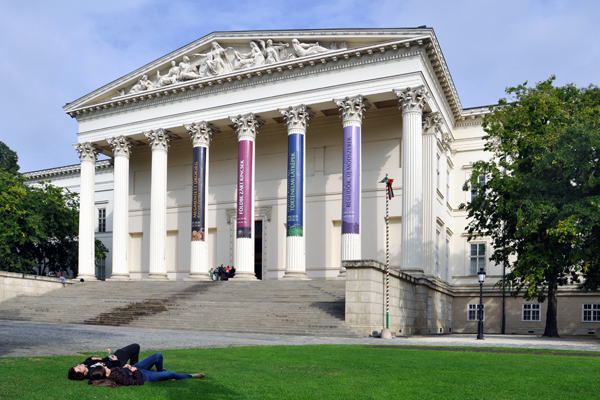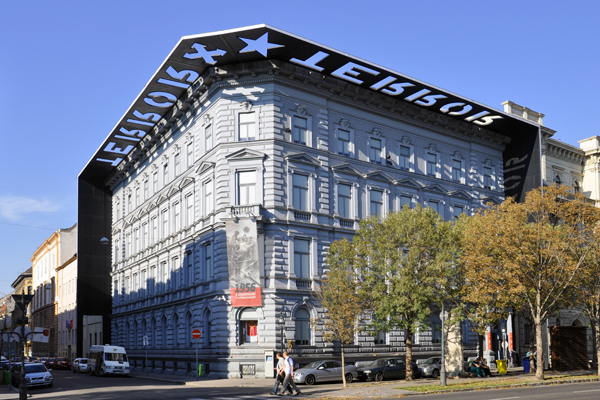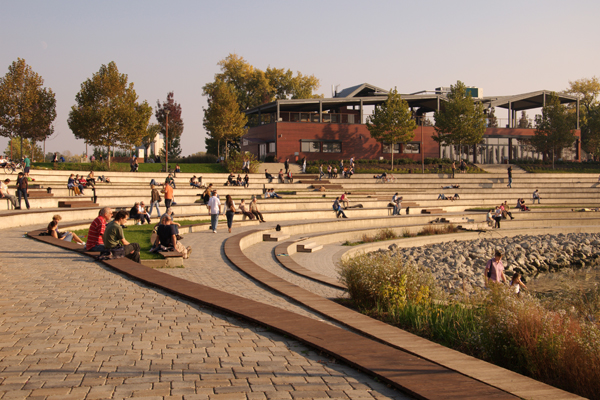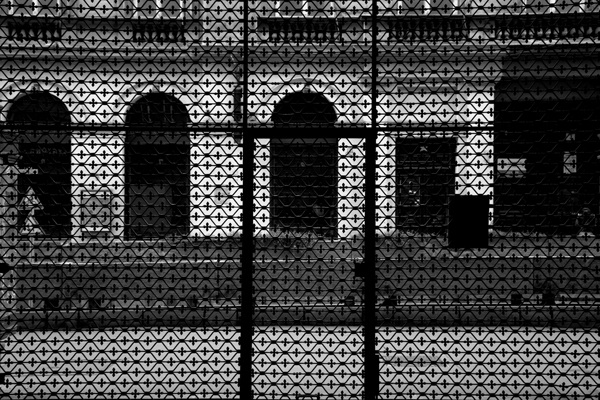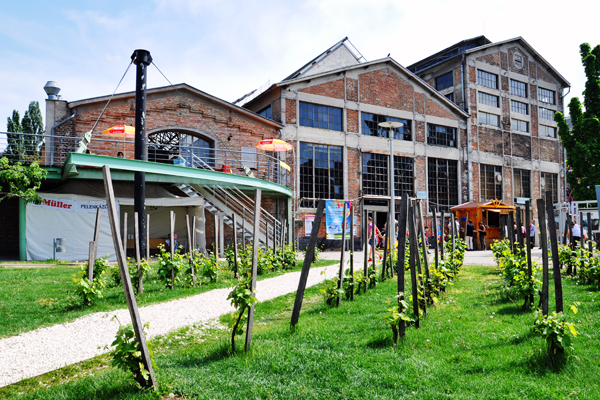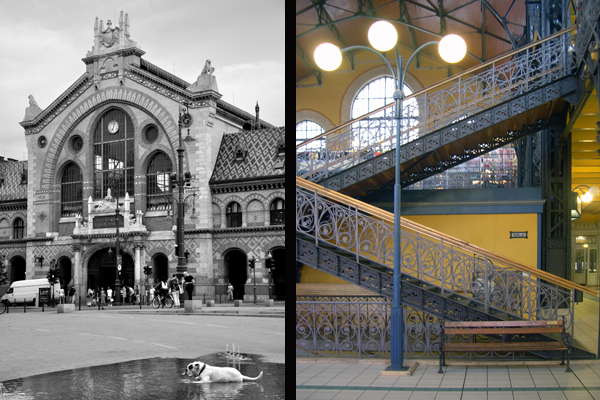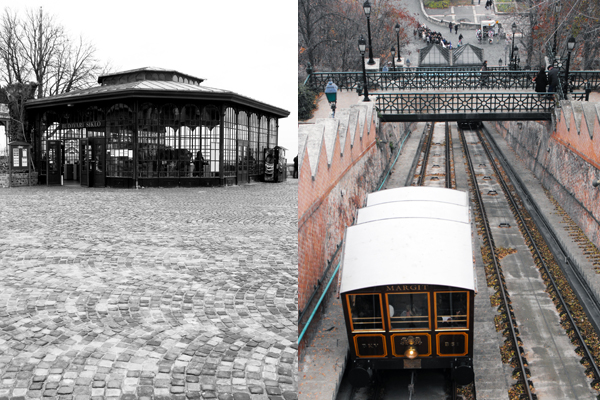Earl István Széchenyi, the iconic Hungarian statesman asked and was granted permission from Joseph Franz I. to donate his collection related to Hungary to the Hungarian people.
This happened in 1802, which year can be considered as the foundation of the National Museum. In 1847 the institute got its housing building when the museum with columns and a tympanon in the front was built based on the plans of Mihály Pollack, the eminent figure of Hungarian classicist architecture. The museum played a great role in the revolution and war of independence of 1848-49. On March 15 in 1848, a mass gathering and Sándor Petőfi – poet of the nation- reading out his National Song (Nemzeti Dal) said to have been the starting event of the revolution. From that time on, the National Museum has been not only the house of the main Hungarian collection, but also the symbol of national freedom and of social changes in the eye of the Hungarian people.
